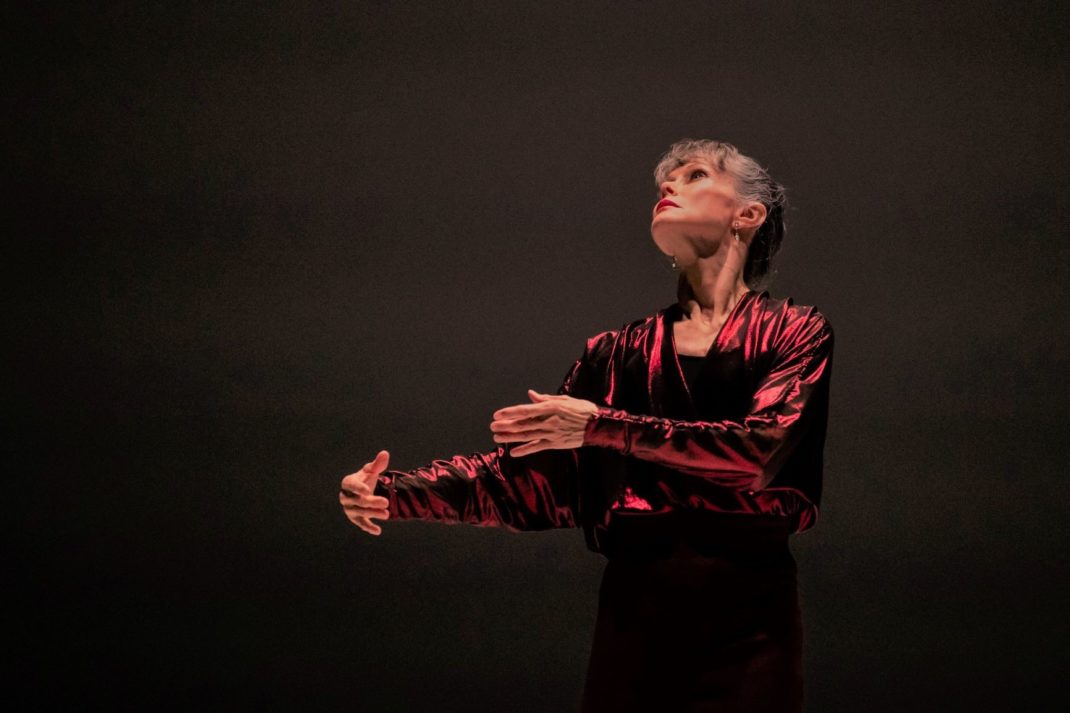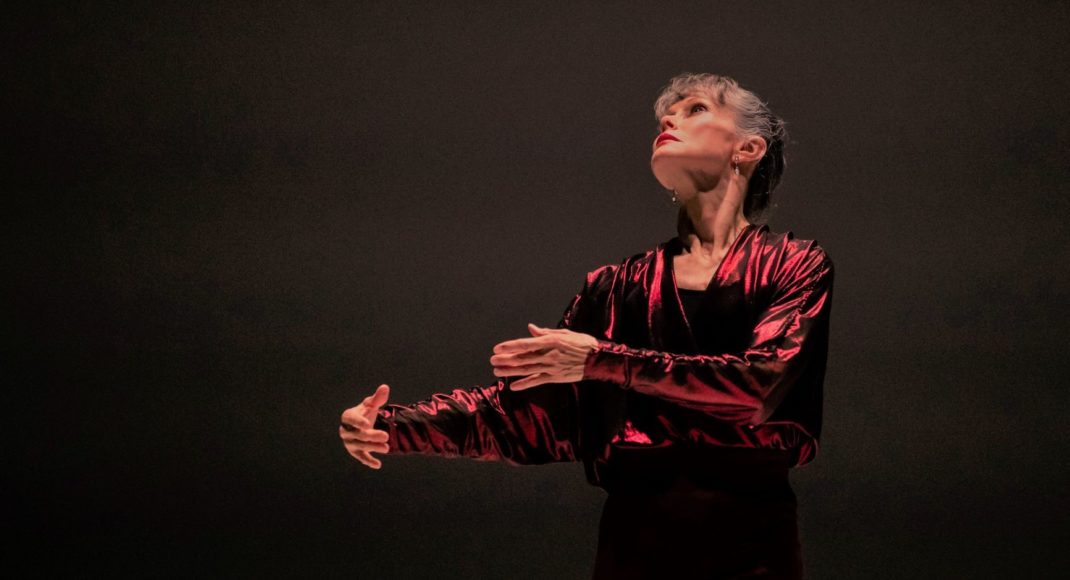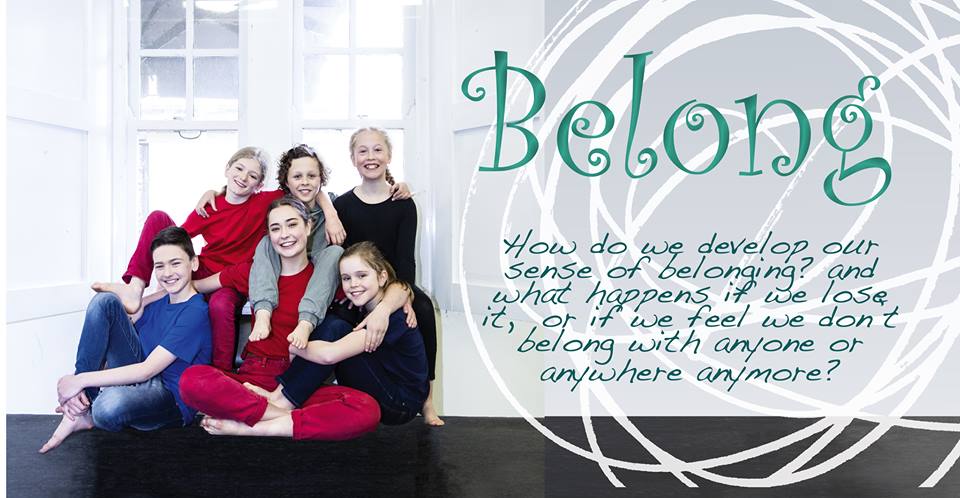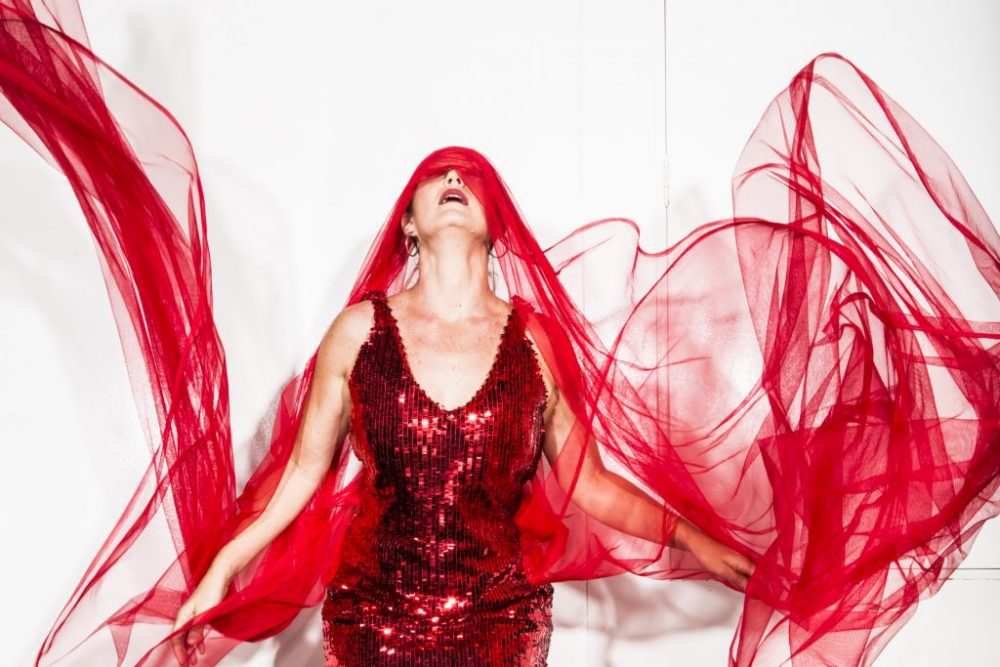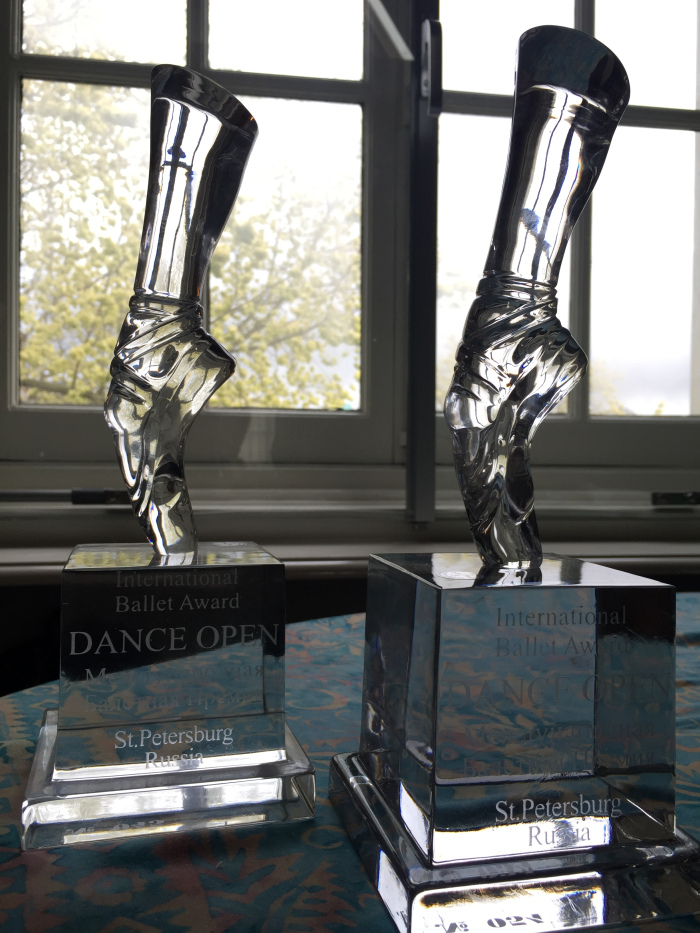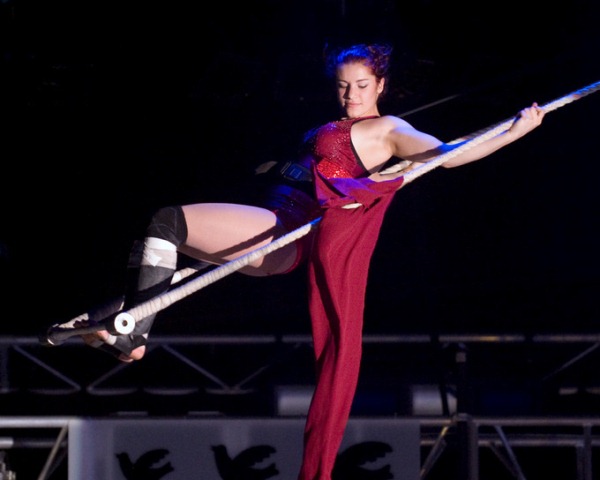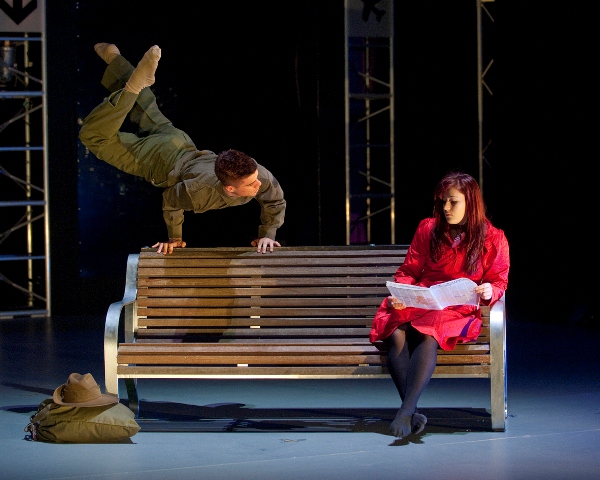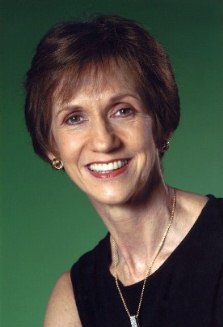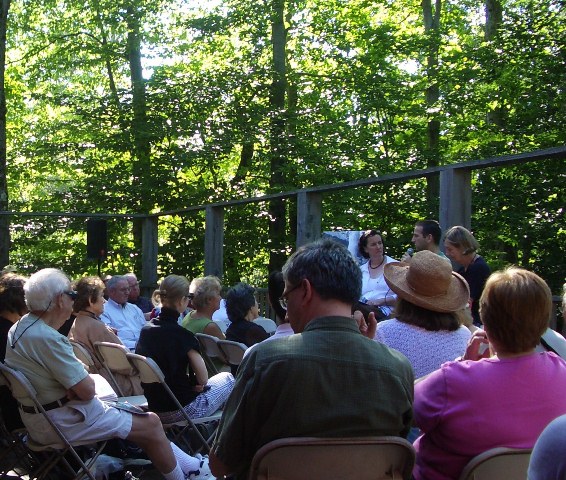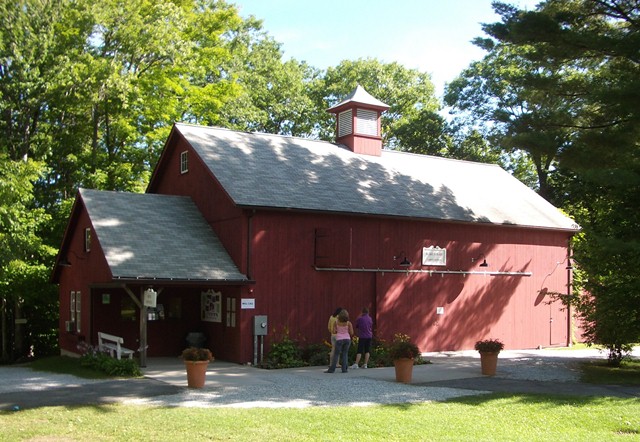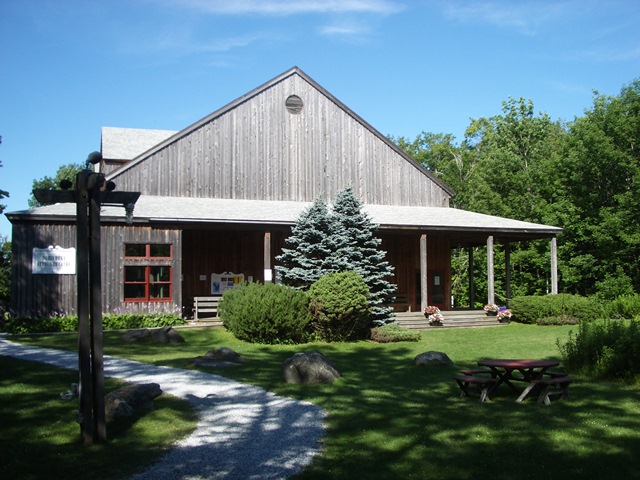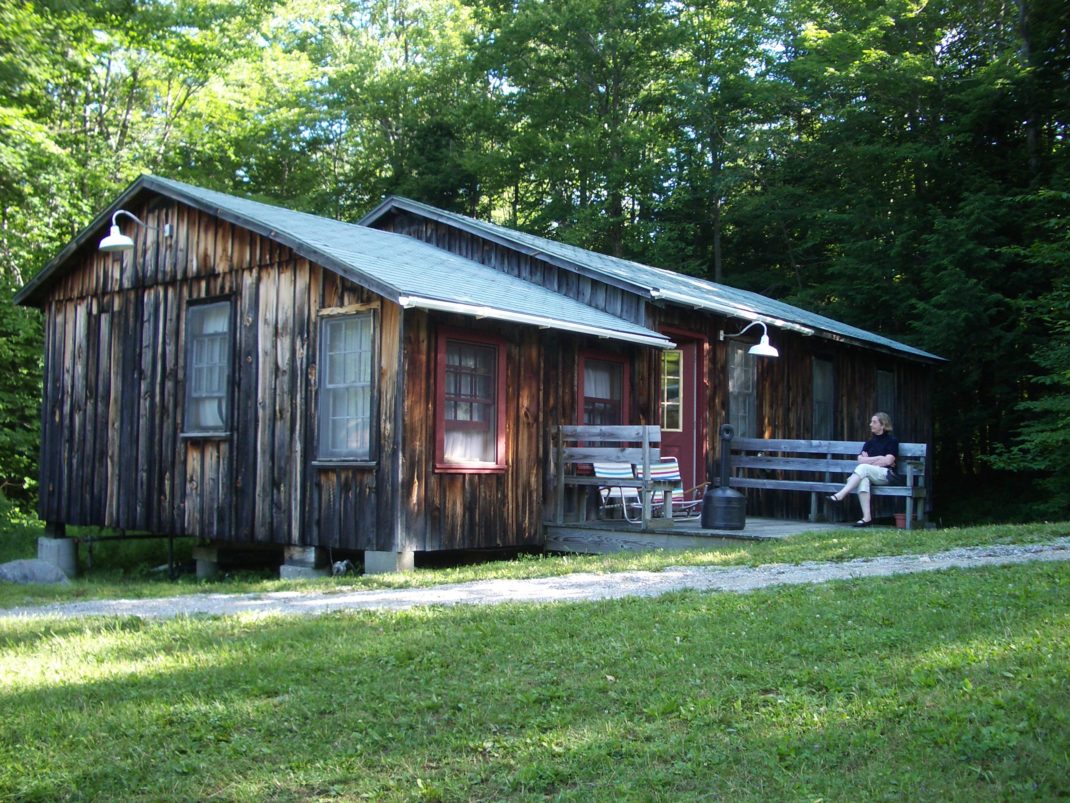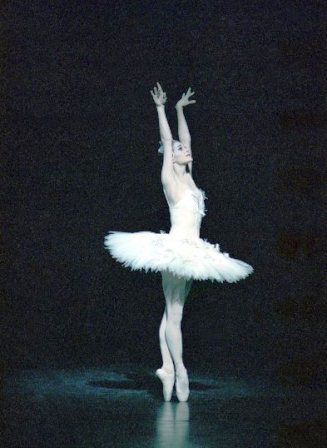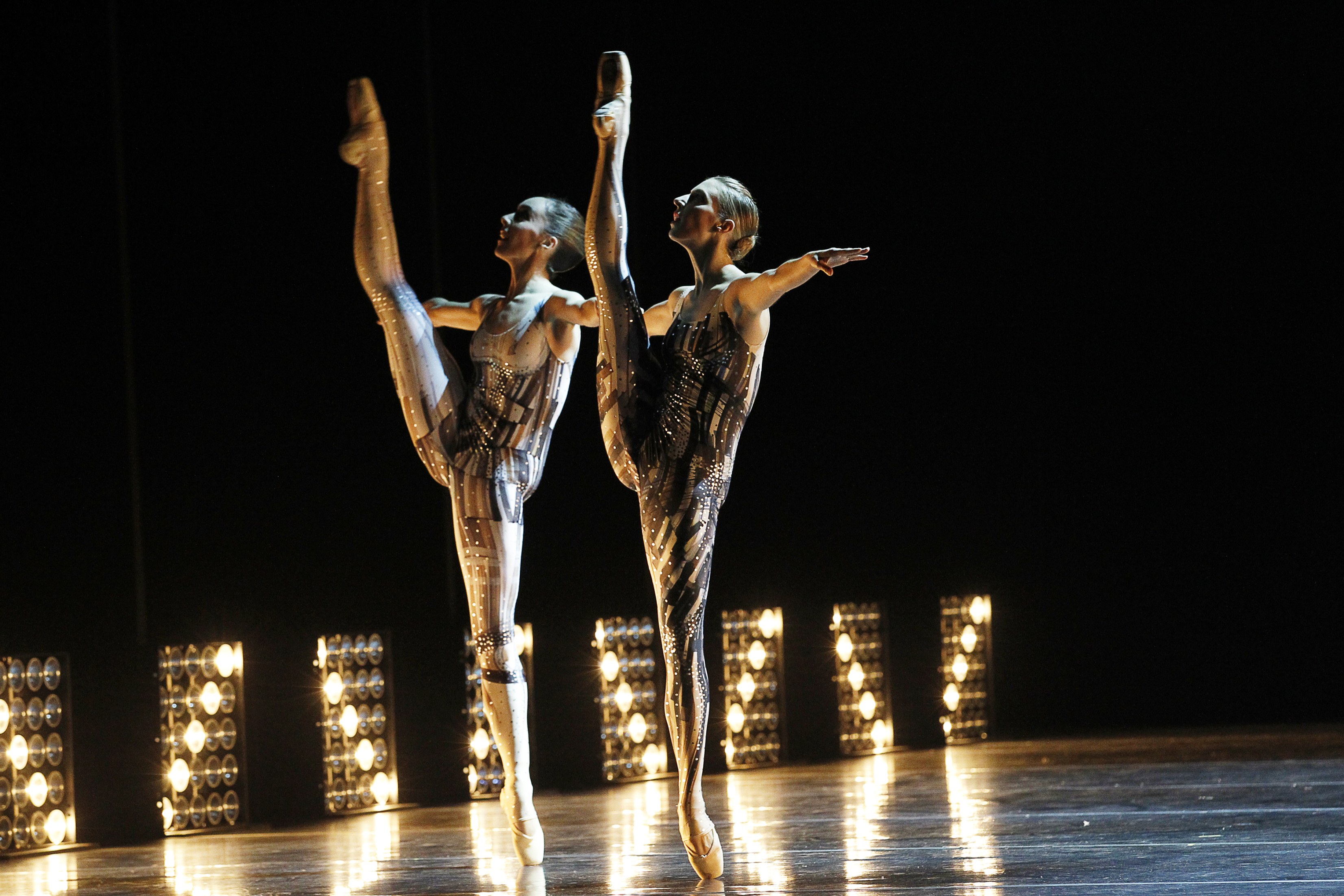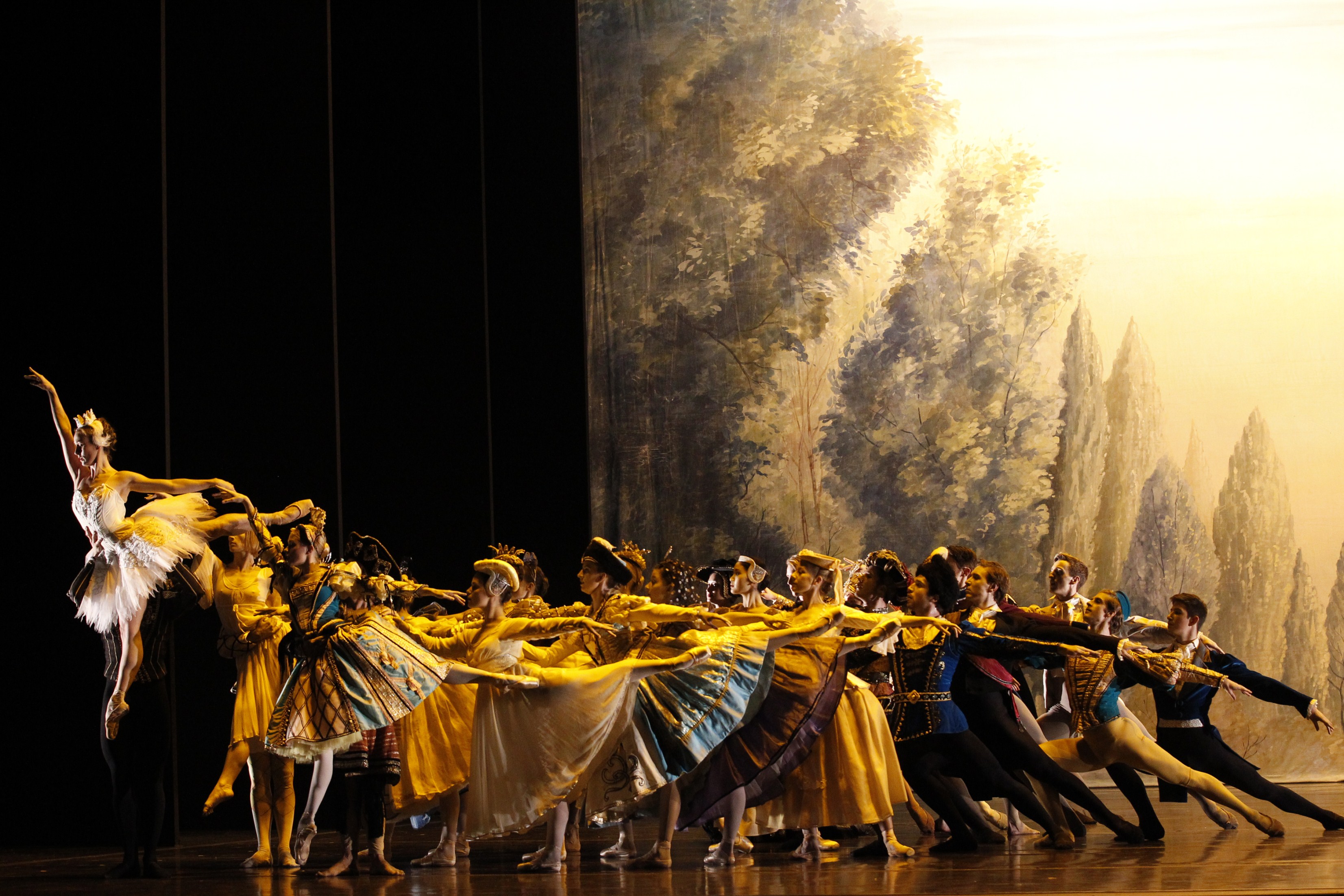2 November 2019, Roslyn Packer Theatre, Sydney
Sydney Dance Company’s second program for 2019, the fiftieth year of existence, began with a short film. Excerpts from the SDC repertoire during the years it was led by Graeme Murphy and Janet Vernon reminded us of the versatility of the productions during those years when strong narrative works alternated with beautifully abstract productions. These film excerpts, put together by Philippe Charluet, were followed by clips, from the work of Pedro Greig, focusing on the ten years from 2009 during which the company has been led by Rafael Bonachela. Bonachela’s works have never been narrative in nature, but have focused largely on ideas that evoke emotional responses in the audience. But in both eras the choreography has been remarkable and the dancers have been exceptional. Those of us who have been privileged to have watched both eras have been unbelievably lucky.
The live part of the program opened with a revival of Bonachela’s 6 Breaths, first seen in 2010. This collaboration with Italian composer Ezio Bosso begins and ends with some breathtaking videography from Tim Richardson. In the beginning flecks of white swirl through the air before morphing into one and then two human figures, while at the end of the work the reverse happens—first breath and last breath. In between, a series of movements (six in all) introduce us to various human emotions. At times I felt my hands clenching, at other times I relaxed. A duet between two men had my emotions wavering, the moments of unison had me dancing along (in my mind that is). Such is Bonachela’s ability to use dance to evoke an emotional response. And of course I continue to be surprised at the extraordinary choreographic framework that he uses to create these feelings.


After interval came Gideon Obarzanek’s Us 50. In this work, which involved SDC alumni from the Murphy/Vernon era and a number of audience members, Obarzanek examined concepts about dance creation, especially how movement is passed on from body to body. There was plenty of interaction between the three groups of performers and, remarkably, the audience members, who wore headphones and had no rehearsal prior to coming on stage from the auditorium, were directed from the wings by Charmene Yap as assistant choreographer.

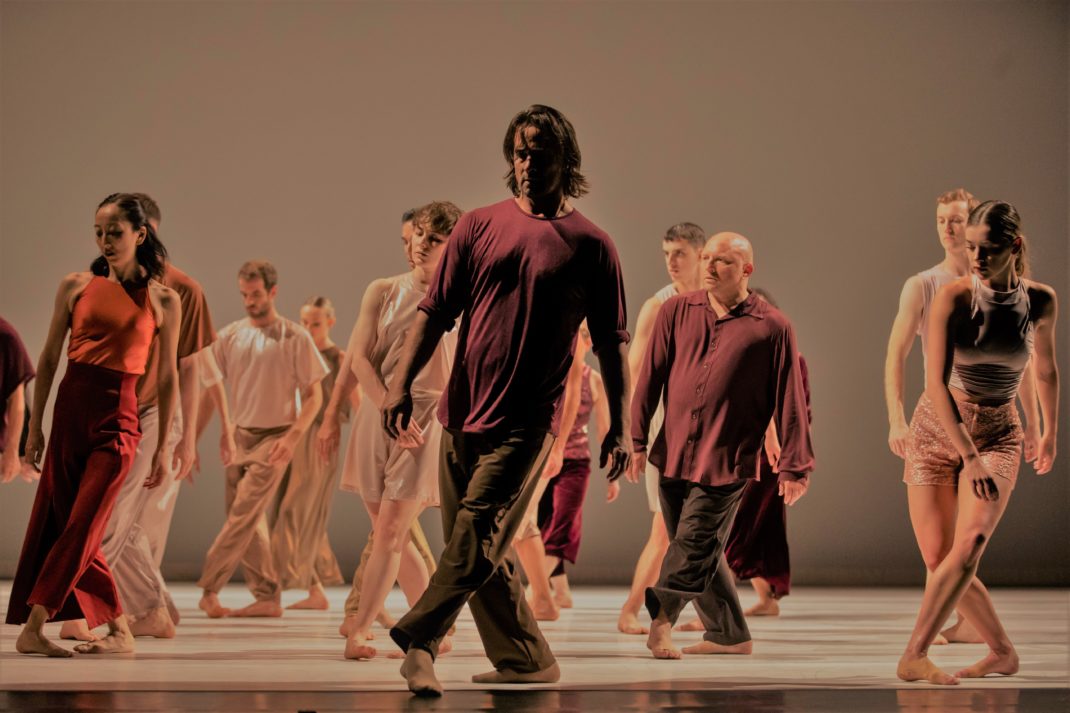
By the end the three groups had become as one and, while the closing movements and groupings were of necessity quite simple, perhaps over-simplified, the point was made. Across 50 years of dance making, a strong legacy, a proud heritage, and the memories of audiences (represented by the audience members taking part in Us 50) are an essential part of the remarkable organisation that is Sydney Dance Company.
And, as before with the film footage, how privileged were we, who had watched the repertoire of the Murphy/Vernon period, to see the alumni from that time return to show us what amazing artists they still are. Sheree da Costa, glowing with beauty and still with that incredible ability to embrace any movement she is given, opened Us 50 with a short solo. As for other alumni, I wrote about Wakako Asano in 2005 after seeing Grand, ‘Wakako Asano is now such a mature artist gliding from movement to movement and opening and closing the work with mysterious grace.’ It’s still there that mysterious quality. Then, writing about New Blood in 1999, I said of Bradley Chatfield, ‘…his sense of presence on stage … rivals that of any dancer in Australia.’ That presence is also still there. And so with all the other alumni who appeared in Us 50—Kathryn Dunn, Linda Ridgeway, Lea Francis, Stefan Karlsson, Bill Pengelly, Nina Veretennikova, with Simon Turner as stage manager. What a treat.
Michelle Potter, 4 November 2019
Featured image: Sheree da Costa in Us 50, Sydney Dance Company, 2019. Photo: © Pedro Greig
